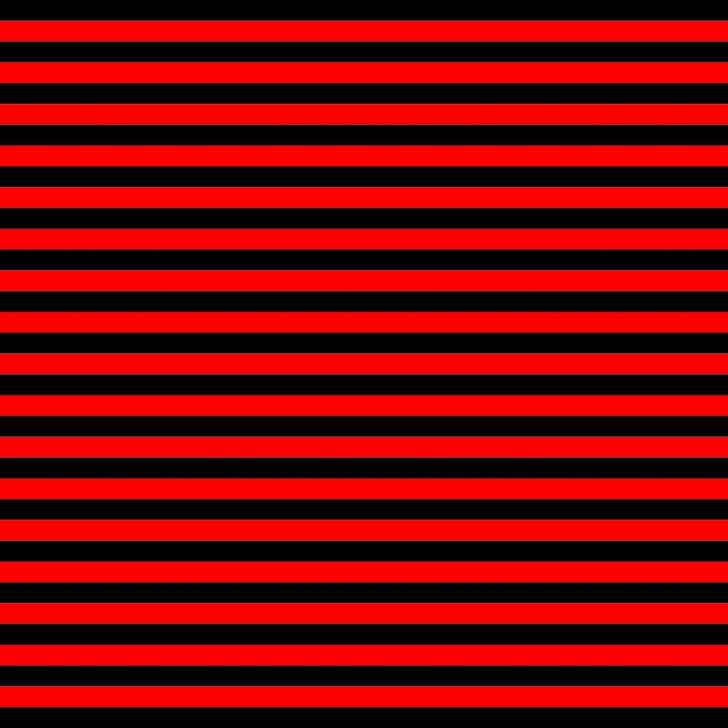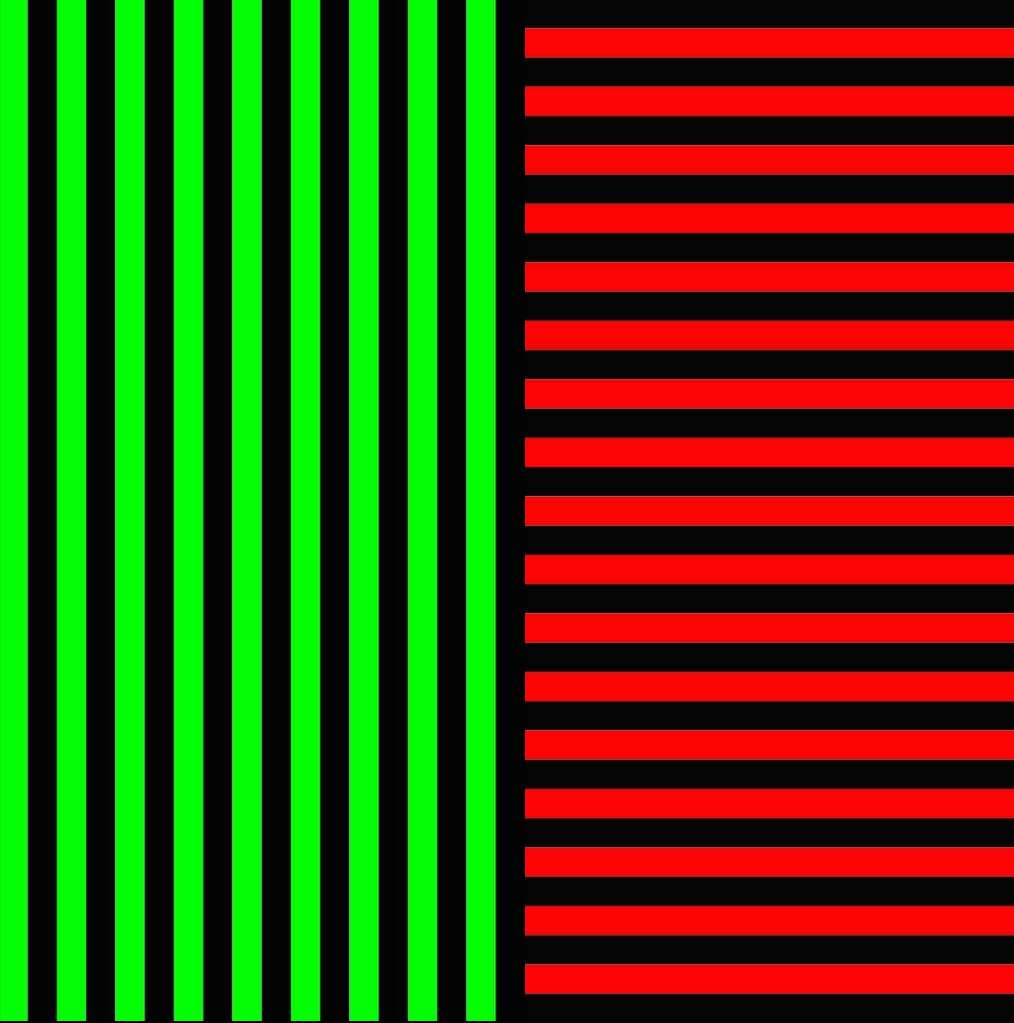Reader beware: stare at these images a little too long and you might find your vision being altered for the next few days, sometimes even months. Don’t worry too much, though – the damage isn’t permanent and the main side effect is seeing colors slightly differently.
Named after Celeste McCollough Howard, the psychologist who first discovered this phenomenon, the McCollough effect was first investigated in 1975. Researchers showed participants two different striped patterns in either red or green.

Photo Credit: Wikimedia Commons

Photo Credit: Wikimedia Commons
After carefully staring at each image for three minutes straight, participants were asked to then stare at a new grid of black and white stripes. This is where things got weird, as participants reported seeing a pinkish hue to the monochrome images. Some participants reported the effect was still in full force five days later, while others said they experienced a weakened version of the effect up to three months later.

Photo Credit: Wikimedia Commons
Earlier research found that the effect only works with either a green or red grid. Scientists have yet to fully understand why this happens, but believe it may have something to do with the brain trying to “color-correct” an image. Another theory is that the effect is a kind of withdrawal caused by the absence of color.
Apparently, the trick to restoring your vision to normal faster is to look at the images of both red and green grids, but with the image turned counter-clockwise by 90 degrees.






